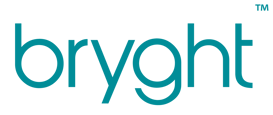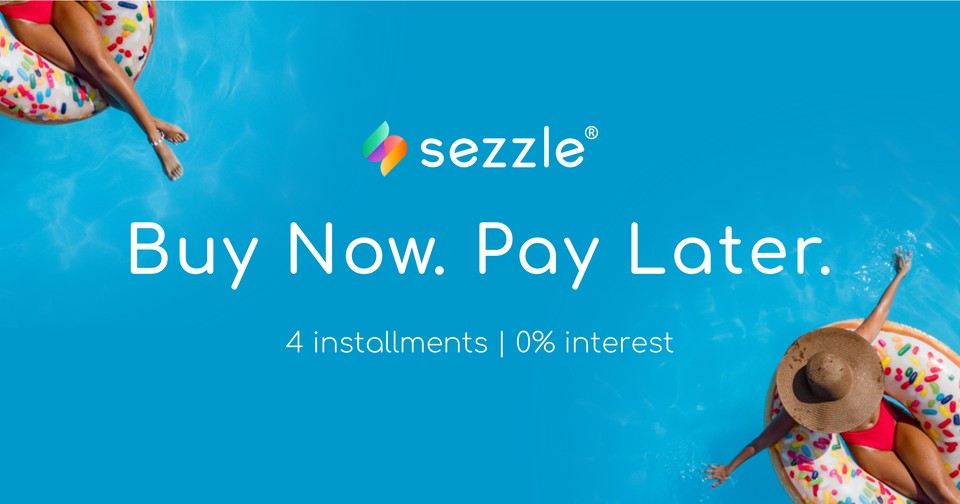We keep hearing about a return to normal or business as usual. Really? Unless you have been living under a rock, you know that this is simply not realistic, especially for spa operators and practitioners post-pandemic. Luckily, many spa and beauty businesses are appreciating a "post-pandemic boom," a chance for clientele to return to their favorite spa and beauty pros to help restore a sense of self, wholeness and wellness that 2020 forced us all to alter quite significantly. While the pandemic posed many challenges, including at-home haircuts, hair removal and hair coloring attempts (ugh), there are many positives that can be gleaned to help boost the successful spa operation for business owners. Prior to the pandemic, many had hit the autopilot button and had gotten pretty cozy and comfortable. Leave it to a little pandemic to force us all to become uncomfortable and give us opportunities to refresh our perspectives, and knock the dust off our spa menus and offerings.
When the topic of pricing comes up, business operators often get shy and reserved. In reality, this is not a taboo subject. We need to shift the mindset here and understand that our pricing is a reflection of how we position our values to our customers and communicate our unique opportunities in becoming a business they will want to become loyal to and tell all their friends about. We should be confident that our pricing reflects this and is something that we make a conscious commitment to – not too much, not too little, but just right. To refresh your menu and reset your pricing, let’s take a look at the top three categories to review.
Product
The pandemic forced consumers to shift their shopping habits and as a result, this has affected their loyalty. There is an opportunity to evaluate all that you sell to make your business their first choice, while considering ways to build customer loyalty. So, take a look at your product offerings: services and retail.
What are the points of differentiation for you? It’s not as much about "what" you offer, but "how" you do it. The uniqueness of your "how" adds value for your clientele and therefore, should be priced accordingly. Remember, it is not always about increasing price here. For example, increasing frequency of services often presents an opportunity to offer a lower pricing to reward and encourage greater frequency.
Consider that there are new hero products that are driven by the new habits formed in the pandemic. Are there digital products and/or services that you can offer to expand your menu and better serve your clientele?
Factor in the pandemic’s effect on access to supply, increased cost of protective equipment and strategic scheduling and how it impacts how you run your business. Factor this into your pricing—it is simply more expensive to do business post-pandemic. If you are too shy to adjust your pricing, you are most certainly cutting away at your business profitability, and this is simply not sustainable in most cases.
Personalization
Customization and personalization are even more important to clients than before. Cookie-cutter offerings not only provide nothing for a client to become loyal to, but it almost begs them to find a business that conveys that their connection, time and money is valued. One of the best ways to offset pricing increases is to double down on personalized services and client experience excellence.
In order to better personalize your offerings, it is necessary to become very clear on who you serve. Take a look at your client data. Has it shifted post-pandemic? It all comes down to collecting data and analyzing it to adjust in order to accommodate what your clients need and anticipate their wants.
Ask yourself if there are also ways to personalize your pricing? Are there ways to make what you offer feel like you read their mind? Consider installment software on your retail platforms. Additionally, consider membership, auto-replenishment or subscription offers to add a convenience factor for your clientele, while adding a recurring line item to your revenue model.
Once you have factored ways to better personalize your offerings, make sure this is included in your marketing.
People
The refresh of your spa menu pricing would be incomplete without considering your people. This means that there needs to be evaluation of your most valued commodity—your team, your human resources.
During the pandemic, many spa practitioners made significant investments in professional development and skills enrichment. It would be worthwhile to evaluate if there are new additions that can be made to your menu and consider their enriched expertise into the pricing that is offered. In many cases, you will need to adjust their compensation to account for the additional expertise and skills they provide.
Are there gaps in your team? Is there specific skills or talent that you will need to hire to upgrade your business? This can be on-site or virtual, but it may be necessary to consider the additional operational expenses of filling these gaps and find ways to offset them.
Keeping a competitive advantage will be crucial. This means that you will need to stay attuned to your market and your competitors, as well as factoring ways to enrich the learning of your team to keep them in tip-top shape. This often means that you should consistently beta test new products and service offerings or try out new events or classes with value-first pricing as opportunities to gauge what your clientele would love, as well as to see what your team fully engages in.
While these strategies are all helpful to get your menu pricing on a good footing post-pandemic, they are really strategies that make for a successful business in any economic condition. The main point is to release any self-limiting beliefs or thoughts of lack that tend to interfere with the confidence of adjusting pricing to match the value that is offered.
Cost-, Value- And Perceived Value-Based Pricing
There are two popular pricing strategies that are often used in menu pricing for spas, cost-based versus value-based pricing. In this age of social media, there is somewhat of a third strategy emerging, perceived value-based pricing.
Cost-based pricing is when you factor all of the costs associated with a product or service and add a standardized markup percentage to determine the pricing. Value-based pricing is determined by the standard market value using industry and competitive data to determine the price of a product or service.
When using the cost-based model, it is necessary to have a method to track all costs associated with the delivery of a product or service from start to finish. Often, this is a level of discipline that many spa operators do not commit to. Therefore, they attempt to offer cost-based pricing, but there are costs that are not tracked or missing, which causes many products and services to be mispriced.
Value-based pricing is driven by the value assigned to time, competitive analysis and setting a price aligned with the data. To properly base on value, you’d have to really plug into reliable data sources and select alignment with the correct competitors to not misprice.
The third would be one that is growing in popularity with the emergence of influencers, social media celebrities and the like. In order to effectively do so, it is necessary to have methods in place to connect with prospective and current clients to assess their pain points, determine how your solutions address them and get their subjective feedback on the perceived value. There is then a premium added to account for the added value of who endorses the product or service, its availability and other factors that would drive the consumer’s perception. Creating brand messaging that factors in these influencers combined with consumer data bolsters the perceived value-priced offerings.



Leave Comment